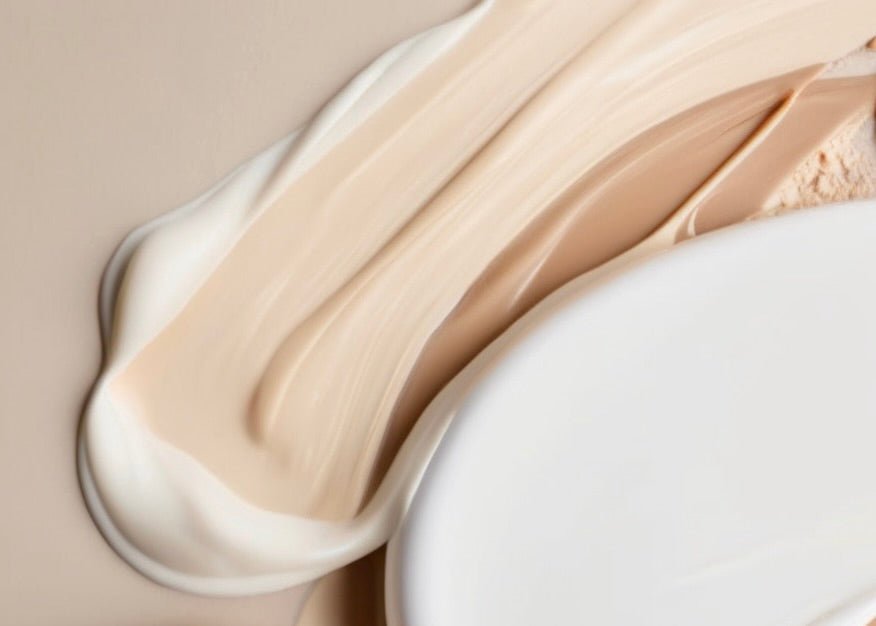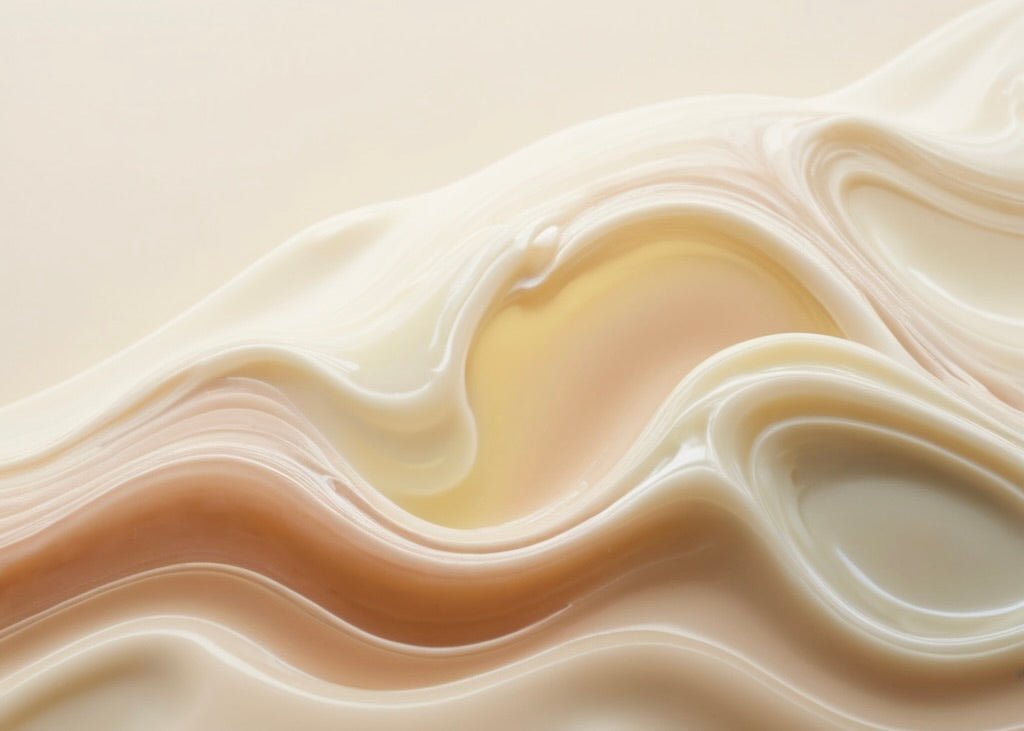
How to Layer Skincare Products for Maximum Effectiveness
The art of skincare is a delicate balance of science and personal preference. It's not just about the products you use, but also how you use them. Layering skincare products in the correct order ensures that your skin receives the full benefits of each product. The process can be a bit complex, but once you understand the basics, you'll be able to customize your routine to fit your skin's unique needs.
Understanding Your Skin Type
Before we delve into the specifics of layering skincare products, it's important to understand your skin type. This is because different skin types require different types of products and care. For example, oily skin might need lightweight, oil-free products, while dry skin might benefit from richer, more moisturizing products.
There are generally five skin types: normal, dry, oily, combination, and sensitive. Each has its own characteristics and skincare needs. For instance, sensitive skin types may need to avoid certain ingredients that can cause irritation or allergic reactions.
It's also important to note that your skin type can change over time due to factors like age, hormones, and climate. So, it's a good idea to reassess your skin type periodically to ensure you're using the right products.
The Basics of Layering Skincare Products
Now that you understand your skin type, let's move on to the main event: layering skincare products. The general rule of thumb is to apply your products in order of consistency, from thinnest to thickest. This is because lighter, water-based products can't penetrate heavier, oil-based products, so they need to go on first.
Here's a basic step-by-step guide to layering skincare products:
- Cleanse: Start with a gentle cleanser to remove dirt, oil, and makeup. This prepares your skin for the products that follow.
- Tone: Next, apply a toner to balance your skin's pH and hydrate your skin. Look for a toner with natural ingredients like rose water or green tea.
- Serum: Serums are concentrated treatments that target specific skin concerns like aging, acne, or hyperpigmentation. Apply your serum while your skin is still damp from your toner.
- Moisturize: Apply a moisturizer to seal in the serum and provide extra hydration. If you have oily skin, opt for a lightweight, oil-free moisturizer.
- Sunscreen: During the day, finish with a broad-spectrum sunscreen to protect your skin from harmful UV rays. At night, you can skip this step.
Remember, this is just a basic guide. Depending on your skin type and concerns, you might need to add or skip some steps. For example, if you have acne-prone skin, you might want to include a spot treatment after your serum. Or, if you have very dry skin, you might want to add a face oil after your moisturizer for extra hydration.
Benefits of Using Natural and Sustainable Skincare Ingredients
When choosing skincare products, it's beneficial to opt for those with natural and sustainable ingredients. Not only are these better for the environment, but they can also be gentler and safer for your skin.
Natural ingredients are derived from plants and minerals, which often contain antioxidants, vitamins, and other nutrients that can nourish your skin. For example, aloe vera is known for its soothing and hydrating properties, while tea tree oil is a natural antiseptic that can help treat acne.
Sustainable ingredients are those that are sourced and produced in a way that minimizes harm to the environment. This includes using renewable resources, minimizing waste, and avoiding harmful chemicals. By choosing products with sustainable ingredients, you're not only caring for your skin, but also for the planet.
Choosing the Right Products for Your Skin
With so many skincare products on the market, choosing the right ones for your skin can be overwhelming. Here are some tips to help you make the right choices:
- Read the ingredients: Look for products with natural and sustainable ingredients. Avoid products with harsh chemicals, artificial fragrances, and dyes, which can irritate your skin.
- Consider your skin type: As mentioned earlier, different skin types require different types of products. Make sure to choose products that are suitable for your skin type.
- Do a patch test: Before using a new product, do a patch test to see how your skin reacts. Apply a small amount of the product to a discreet area, like the inside of your wrist, and wait 24 hours to see if any reaction occurs.
Remember, skincare is a personal journey. What works for someone else might not work for you. It's all about finding the right products and routine that suit your skin's unique needs. And most importantly, be patient. It can take time to see results, but with consistency and care, you'll be on your way to healthier, happier skin.














